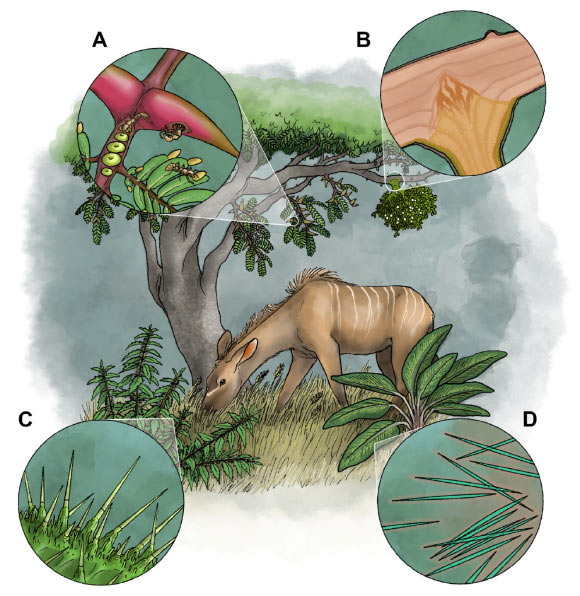Now Reading: Toxins in Nature: Study Unveils How Plants, Fungi, Bacteria, and Viruses Deliver Them
-
01
Toxins in Nature: Study Unveils How Plants, Fungi, Bacteria, and Viruses Deliver Them
Toxins in Nature: Study Unveils How Plants, Fungi, Bacteria, and Viruses Deliver Them

Swift Summary
- A recent study highlights the existence of venom delivery systems beyond animals, encompassing plants, fungi, protists, bacteria, adn viruses.
- Venomous traits in plants include toxin delivery through spines, thorns, stinging hairs, and associations with stinging ants for mutual protection.
- Microbial organisms like bacteria and viruses also use mechanisms such as secretion systems or contractile injection systems to introduce toxins into targets.
- Venoms are classified into three categories based on their mode of delivery: passive poisons (ingestion/inhalation/absorption), toxungens (surface application via spraying/spitting), and venoms (injection through wounds).
- The study seeks to refine the definition of venom and broaden its scope by including non-animal examples.
- Research suggests evolutionary pathways involving gene duplication and natural selection contribute to divergent venom mechanisms across species.
Indian Opinion Analysis
This study expands conventional understanding of venom beyond animal-centric perspectives. India’s rich biodiversity offers significant potential for further investigation into plant-based or microbial toxin delivery systems. Exploring these systems could open avenues for innovative solutions in medicine-such as new therapeutic drugs-and agriculture by utilizing these biochemical tools responsibly. Additionally, interdisciplinary collaboration within Indian research institutions may contribute globally to studying evolutionary biology while fostering advancements in health sciences. However, careful stewardship is essential when leveraging toxic substances from diverse organisms to ensure ecological balance is preserved.


























